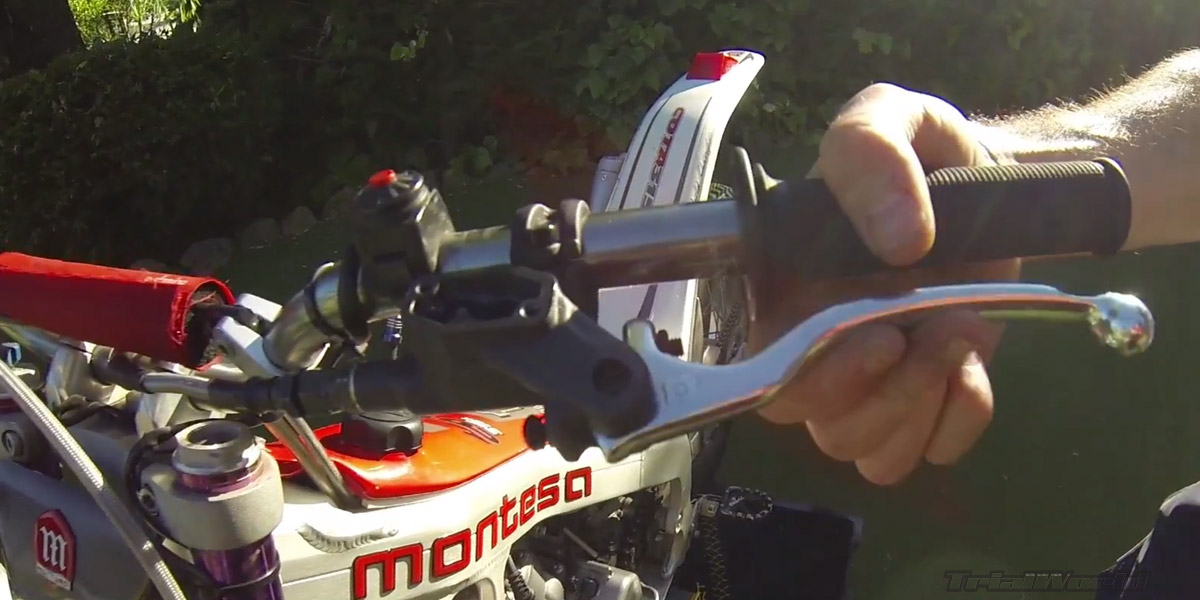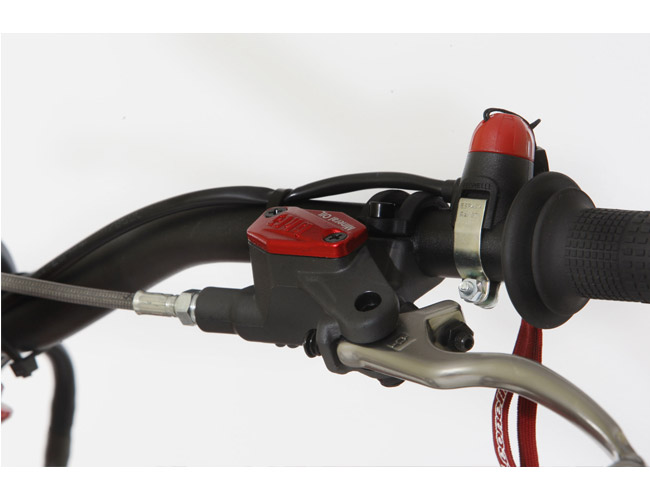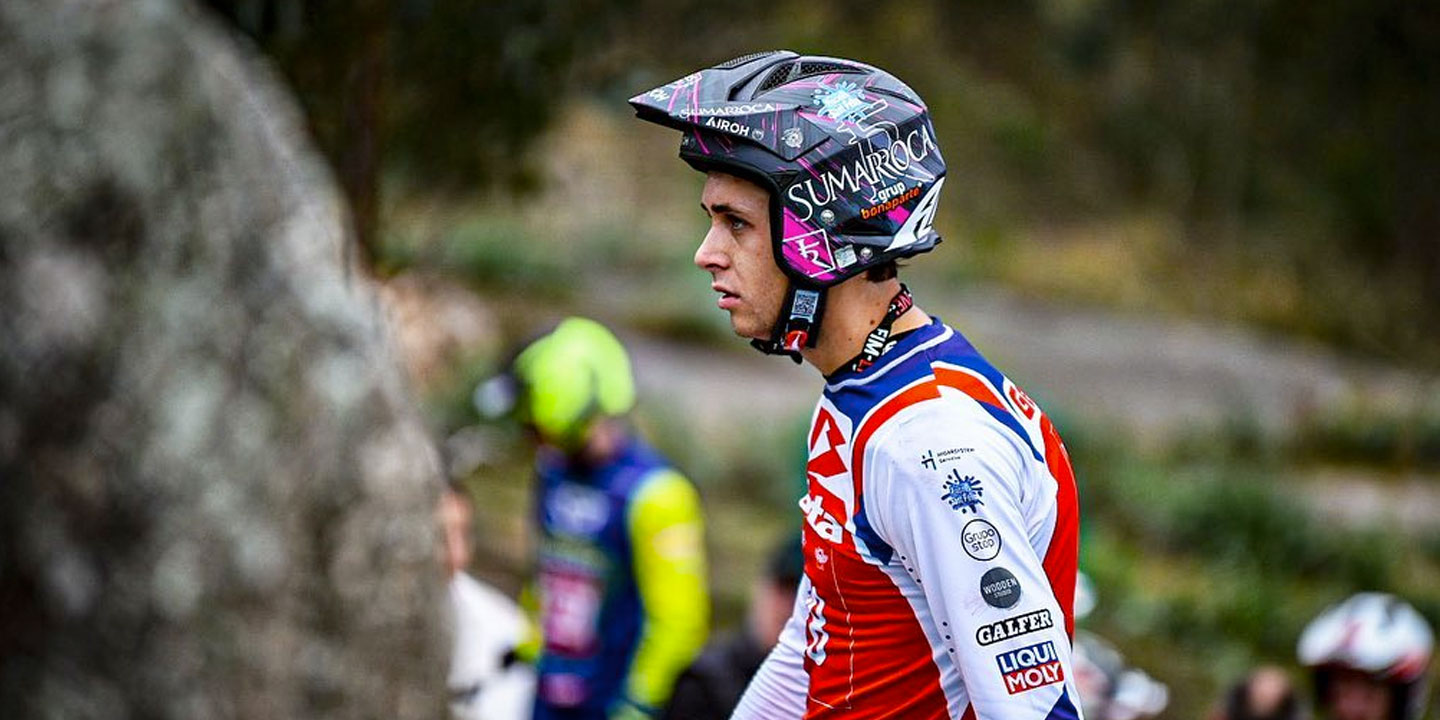Bleeding the clutch of a trial bike is a simple task that does not require advanced knowledge
of trial mechanics
.
First of all, we will start by doing a visual analysis of the entire circuit to find the possible fluid losses that may be causing the failure. If we detect a fluid leak, we must solve it before starting the purging process.
Next, we must analyze whether the clutch system that equips the motorcycle has mineral oil or dot 4 brake fluid. Respecting it is essential, because the o-rings are designed to work with one type of liquid and the opposite attacks them, weakening them and causing failures and inaccuracies in the clutch system. To find out, you should check the manual of each of your motorcycles.
With these two points clear, we are ready to purge the system. In the case of the clutch, the liquid falls by gravity from the pump (located on the handlebars) to the clutch system (located on the engine). For this reason, we don’t need to force the fluid to fall and we can bleed from the handlebars.
STEPS TO BLEED THE CLUTCH OF A TRIAL BIKE
Step 1: Remove the fluid filler cap on the top of the clutch pump.
Step 2: Check the fluid level. It is essential that the level is at the maximum indicated by the manufacturer, otherwise we will be introducing air into the clutch system.
Step 3: We will propel fluid by clutching and disengaging. To do this, we will use the clutch lever. We will do this continuously, refilling liquid as the level decreases and observing how the air bubbles come out.
It is important to check that the lever pusher acts on the pump, otherwise we will not be pumping liquid.
If we are doing it correctly and there are no leaks, little by little the system will fill with fluid and the lever will get a feel for it. We’ll know it’s completely purged when we stop seeing air bubbles.
Step 4: Once purged, check that the liquid level is correct and put the lid on to prevent it from leaking out.
*The purging task can be more or less fast depending on the amount of liquid in the system. If it’s completely empty, it will take us longer to purge it. You can speed up the process by opening the bleed at the entrance of the hose to the engine and absorbing liquid with a syringe or other system.










